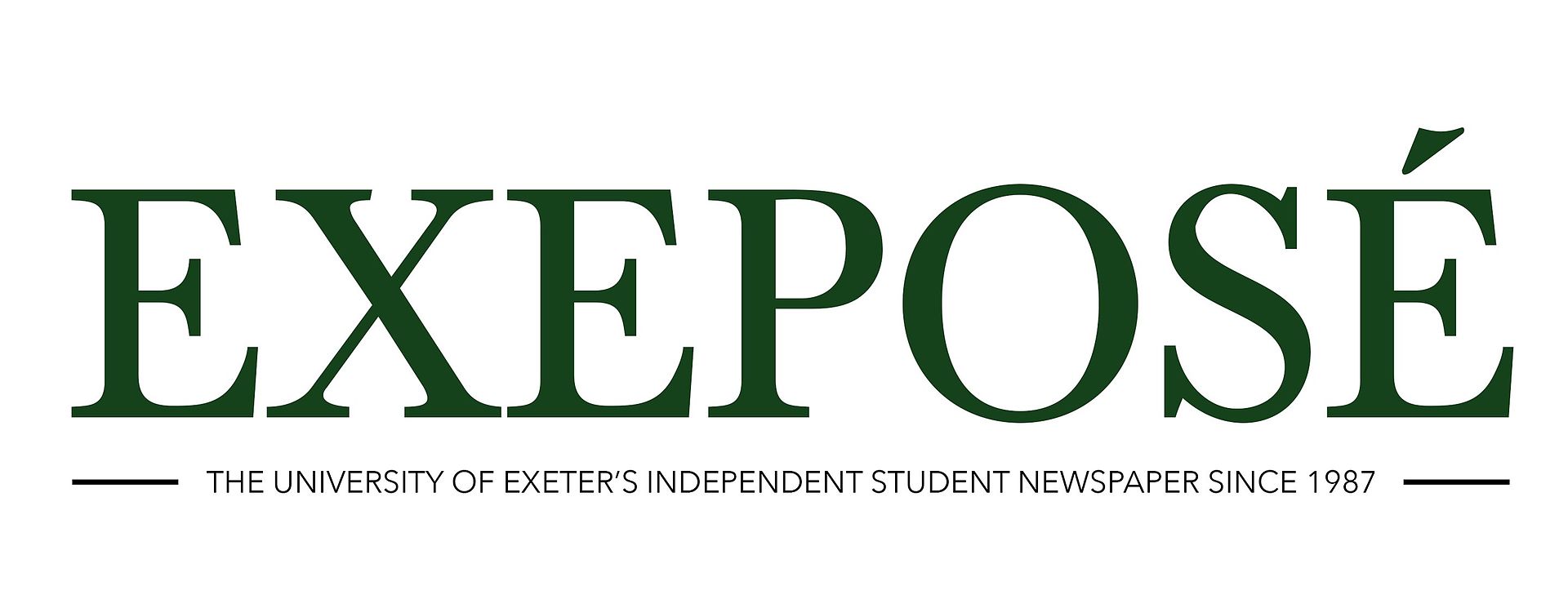
Jess Calcutt discusses the lack of spending on women’s art and how it may, or may not, change in the future.
With more than $196.6 billion being spent on art at auction between 2008 and May 2019, it seems astonishing that only 2% of that money spent was on works of art by women. And yet, this is not old news.
Why? The Art Historical Canon.
On the National Gallery website the canon is defined as “the conventional timeline of artists who are sometimes considered as ‘Old Masters’, “Old Masters’” primarily being defined as male. However, it then goes on to state that “today’s art history attempts to question these rules of ‘greatness’, considering issues of gender…”, this therefore leads to a puzzling situation. Data collected by the Freelands Foundation, which researches the gender divisions within the art industries, shows that only 32% of artists represented by London’s major commercial galleries are women. So, whilst art institutions in Britain, and indeed globally, are saying that they are attempting to create greater equality within the creative industries, the statistics in fact say otherwise. The significance of this can be put simply, what museums and galleries bring into their collections and have on permanent display matters because their acquisitions create the future canon of art. By significant museums not embracing female artists, it therefore limits the monetary value of the art created by women, as there is not a high enough demand within these large arts institutions to warrant the high spending by buyers on art by women. It seems to be ingrained within the very nature of the art industry that male artists are superior, the artists themselves male and female however are very aware of these discrepancies, with Marina Gertsberg, a scholar on the matter, going so far as to state that it is a small number of elite artists which generate a disproportion amount of profits within the art market.
“By significant museums not embracing female artists, it therefore limits the monetary value of the art created by women, as there is not a high enough demand…”
The implications of this are clear: until someone, something, or the arts community world-wide, break this circle and are prepared to invest money in what they see as “riskier” investments due to the gender of the artist, rather than in proven successful male artists, no big improvements are going to be seen. Tiny gains will continue to be made but female artists will continue to be seen as inferior to their male counterparts.
The rather morbid implications of the lack of equality within the global art market are enough for you to give up hope of these prejudices against female artists ever disappearing. However, galleries are slowly but surely beginning to remodel their ideals, embracing both past and present female artists, resulting in an attempt to re-write the canon through their promotion of female artists and designers throughout history. An example of this is the current Mary Quant exhibition at the V&A which offers an insight into the creation of iconic 60s fashions which revolutionised how women have dressed for the decades that have followed. The acknowledgement and celebration of this iconic female designer and artist is just one small step for women within the arts, but is significant in the message it represents. It not only educates but also publicises the existence of female artists, a process which is key to the growth of representation within the global art market.
“It not only educates but also publicises the existence of female artists, a process which is key to the growth of representation within the global art market.”


